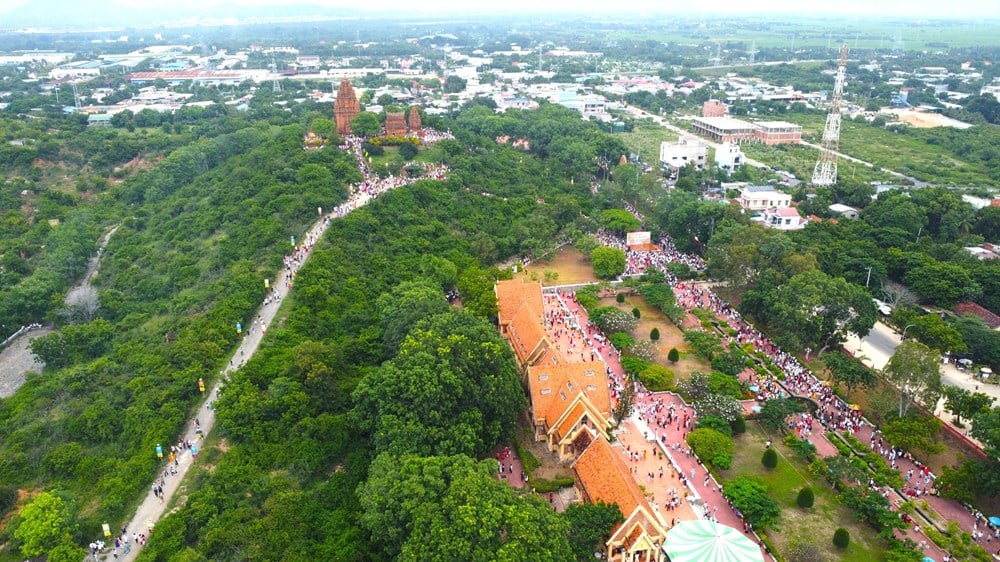
Unifying management mechanisms and addressing challenges
The biggest challenge today is to synchronize management to avoid the risk of over-commercialization, which will degrade the original value of cultural heritage. To solve the problem of resource allocation and ensure consistency, urgent solutions are needed.
The expansion of administrative boundaries has brought with it many challenges, including environmental pollution issues, lack of synchronization of transport infrastructure connecting heritage sites, and difficulties in applying digital transformation in local communities.
To resolve the post-merger problems, the Department of Culture, Sports and Tourism decided to establish the Khanh Hoa Provincial Cultural Heritage Conservation Center on the basis of merging the Khanh Hoa Provincial Monument Conservation Center (old), the Ninh Thuan Ethnic Culture Research Center and the Ninh Thuan Provincial Museum. This is an agency with sufficient authority and professional capacity to unify the legal framework, regulations for conservation, restoration, and exploitation of cultural heritage values throughout the new province.
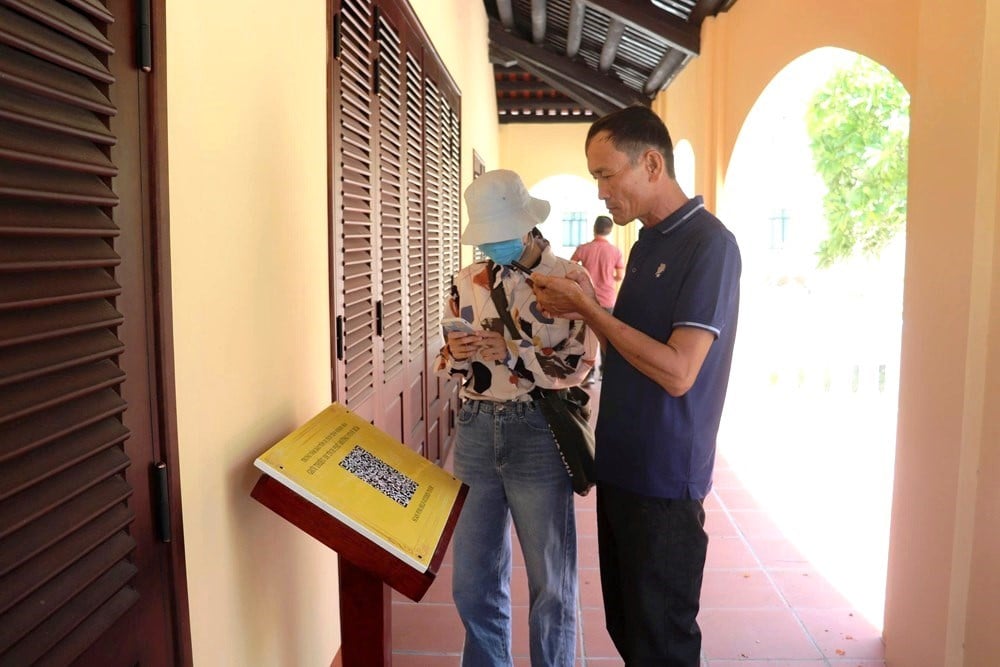
Khanh Hoa province also focuses on investing in and upgrading transport infrastructure and roads to connect cultural heritage sites. This creates favorable conditions for vehicles to transport tourists to visit. At the same time, the province implements measures to ensure environmental hygiene at relic sites, such as calling on people and tourists to "say no to littering"...
To modernize the work of preserving and promoting heritage, Khanh Hoa Provincial People's Committee has implemented a plan to digitize cultural heritage for local relics. According to the plan, by 2030, Khanh Hoa aims to digitize 100% of registered cultural heritages, from national tangible and intangible cultural heritages to national relics, artifacts and treasures.
Along with that, 100% of professional staff in this field will be trained and improve their digital transformation skills. The general goal of the plan is to build a unified cultural heritage database system, on a digital technology platform. This system not only serves the work of archiving, managing, researching, and preserving but also helps promote cultural values effectively, meeting the needs of the community anytime, anywhere.

Mr. Tran Duc Ha, Director of the Center for Cultural Heritage Conservation of Khanh Hoa province, said that the province has pioneered the application of technology to enhance experiences and promote cultural heritage.
Specifically, the official portal at http://ditichkhanhhoa.org.vn plays the role of an important information channel. Notably, the Interactive Digital Map (at http://bando.ditichkhanhhoa.org.vn) allows visitors to click on the flag icon to listen to bilingual automatic commentary on 16 National Monuments and Special National Monuments.
At the same time, attaching QR codes at many relics helps visitors easily scan the code with their smartphones to access necessary information without needing a tour guide.
More advanced, the Center has deployed VR 360 virtual reality technology at Po Nagar Tower Relic, allowing visitors to explore a lifelike space, overcoming the limitations of space and time.
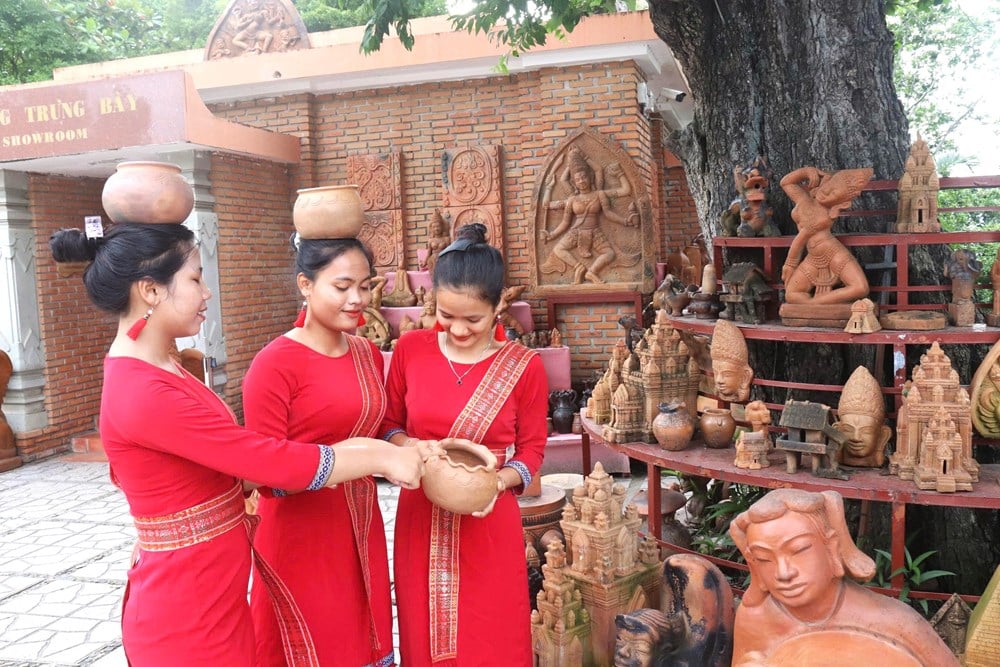
Mr. Nguyen Van Hoa added: In addition to digitalization efforts, Khanh Hoa has also planned to promote cultural heritage values associated with community livelihoods and responsible tourism, prioritizing investment in preserving the original treasure of the entire diverse heritage (including Cham, Raglai, and island cultures).
Specifically, the Department of Culture, Sports and Tourism is currently completing the Project "Preserving and promoting the value of intangible cultural heritage of Cham pottery art". This is one of the largest and most comprehensive projects in the field of heritage conservation in the province, demonstrating the strong determination of the locality in preserving, restoring and developing the traditional cultural values of the Cham community.
The project consists of 7 key components, focusing on the following areas: Vocational training and teaching; research, documentation and promotion of heritage values; market development and product branding; preservation of craft village cultural spaces; international cooperation and cultural exchange; support for artisans, encouragement of creativity; investment in infrastructure serving craft village development.

Every year, the Department organizes basic and advanced vocational training classes for about 60 students, with priority given to children in the village. At the same time, it coordinates with training centers, museums, and vocational schools to form a skilled successor team, ensuring the inheritance and long-term development of the traditional pottery profession.
“The implementation of the Project not only aims to preserve and spread the Cham cultural values, an important part of Vietnam's cultural heritage, but also directly creates sustainable livelihoods for local communities.
When the component projects come into operation, they are expected to create stable jobs for about 400 - 500 workers, contributing to increasing income, promoting the development of cultural tourism economy, helping people to be more attached and proud of their ancestors' traditional profession," Mr. Nguyen Van Hoa affirmed.

Regarding future orientation, many technology experts suggest that Khanh Hoa needs to build a comprehensive virtual Heritage Museum. This virtual platform is not only an effective tool for preserving original data and supporting relic restoration, but also expands the promotional space, attracts online tourists and increases awareness of the region's rich cultural treasures on a global scale.
Turning cultural heritage into an endogenous development resource
Dr. Nguyen Doan Thanh, Principal of Nha Trang College of Tourism (Ministry of Culture, Sports and Tourism) emphasized that education and training are a solid foundation for preserving and promoting heritage. Accordingly, Khanh Hoa province needs to build extracurricular programs that integrate the rich history and culture of both regions (mountainous and coastal), helping the young generation deeply understand and be proud of the unique blend of Cham, Raglai and marine cultures.
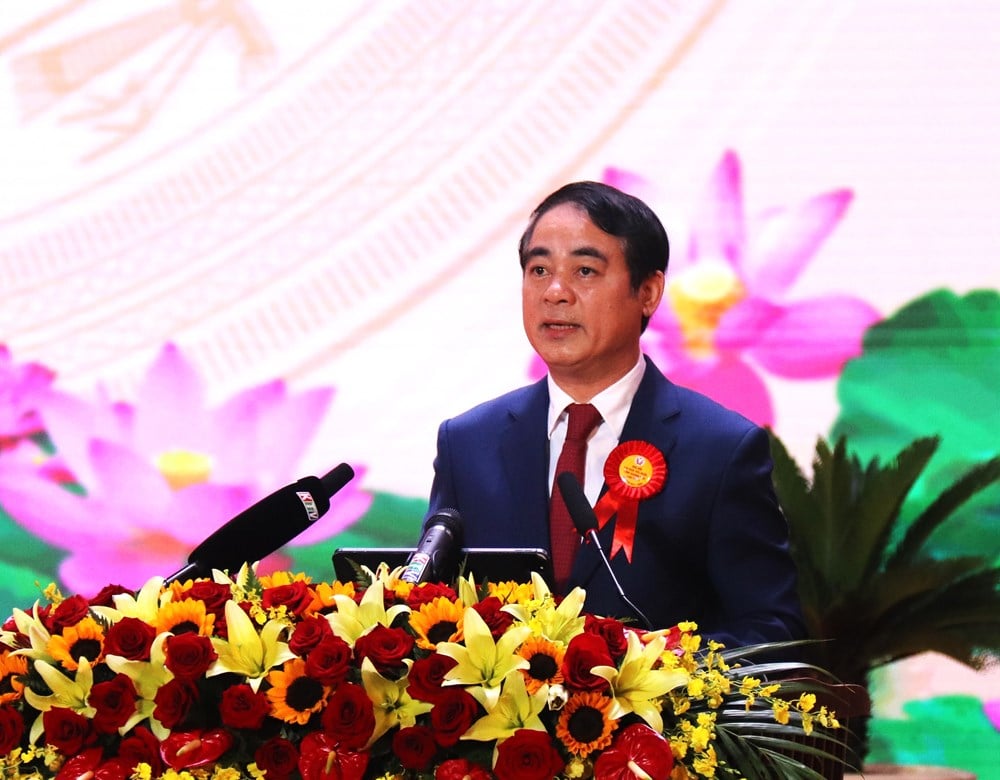
Training should focus on improving professional knowledge of Cham culture (Bau Truc pottery, Cham towers), maritime culture (Cau Ngu festival, bird nest exploitation) and unified local history. This is an action to improve the quality of tourism services, ensuring that cultural heritage values are conveyed accurately, deeply and attractively to tourists, thereby turning heritage into an endogenous development resource.
The ultimate goal is to turn tourism into a truly spearhead economic sector, creating a driving force that will spread and promote the development of other economic pillars, making important contributions to growth, budget revenue and improving people's lives.
To realize the aspiration of developing cultural heritage associated with attracting tourism - the fourth pillar of the province to take off, Mr. Nguyen Long Bien, Standing Vice Chairman of Khanh Hoa Provincial People's Committee, signed and issued a detailed plan to implement Resolution No. 01-NQ/TU (dated July 14, 2025) of Khanh Hoa Provincial Party Committee.
According to the detailed plan, the pillar role of the Culture and Tourism sector is specified by clear targets: by 2030, Khanh Hoa aims to welcome more than 31.6 million total visitors (average growth of 15%/year), of which the number of international visitors is expected to reach 10.5 million. To meet this demand, accommodation facilities will be expanded to 100,000 rooms (with 75% meeting 3-5 star standards), while creating jobs for over 300,000 workers.
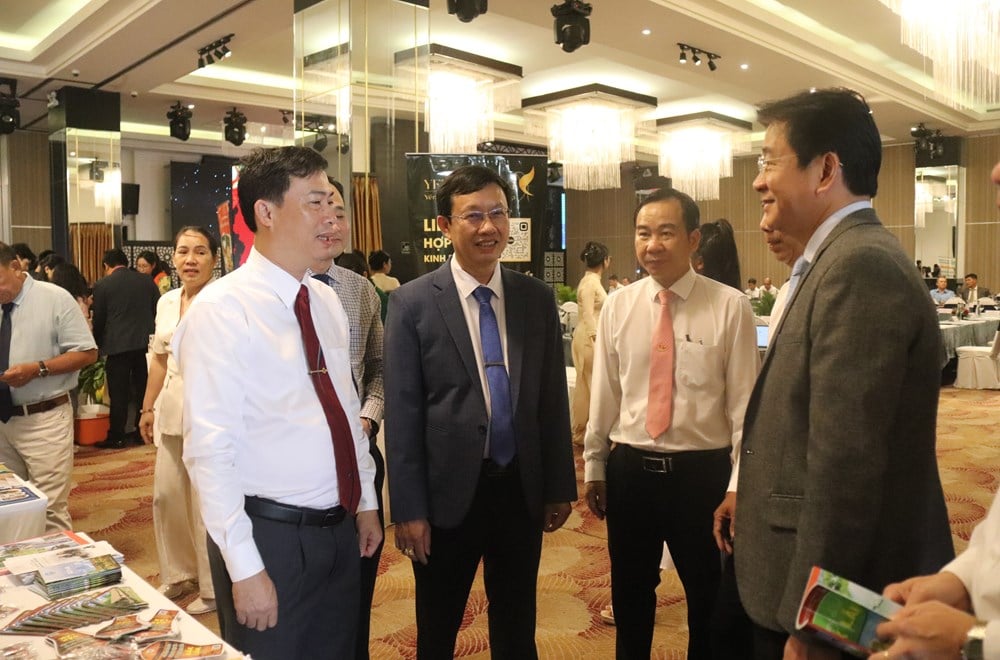
In particular, the People's Committee of Khanh Hoa province requires serious and comprehensive implementation and close coordination among all levels, sectors and localities. The implementation of the Resolution must ensure the spirit of "6 clear" (clear people, clear work, clear time, clear responsibility, clear products, clear authority) to create high consensus in the entire political system, people and business community to achieve key development goals.
Sharing about the advantages of Khanh Hoa after the merger, Secretary of the Provincial Party Committee Nghiem Xuan Thanh affirmed that after the merger, Khanh Hoa province will open up a huge development space, welcoming many new potentials, opportunities and fortunes thanks to the convergence of all factors of "heavenly time, geographical advantage, and harmony of people". Specifically, in terms of geographical advantage, the province has a strategic geographical position with a synchronous transportation system including roads, sea routes, airways and railways.
In particular, the completion of expressways such as Van Phong - Nha Trang, Khanh Hoa - Buon Ma Thuot, Cam Lam - Vinh Hao, and the road connecting the North - South expressway to National Highway 1 and Ca Na general seaport will create outstanding connectivity advantages.


In terms of geographical advantages, Khanh Hoa possesses the longest coastline in Vietnam (over 500km) with nearly 200 large and small islands and famous bays such as Nha Trang, Cam Ranh, Van Phong, Vinh Hy, and 3 large seaports (Cam Ranh, Nha Trang, Ca Na).
This is a huge potential for developing a diversified marine economy: industry, clean energy industry, tourism services and logistics. Finally, in terms of human resources, the province inherits the revolutionary tradition, the spirit of solidarity and peace, together with the thinking and strategic vision of the staff, creating internal strength.
From this foundation, Khanh Hoa has great determination and aspirations, demonstrated through the goal of achieving double-digit growth in economic growth, budget revenue, and per capita income in the next decade; at the same time, striving to be in the Top 10 provinces with the highest domestic budget revenue and Provincial Competitiveness Index (PCI) in the country.
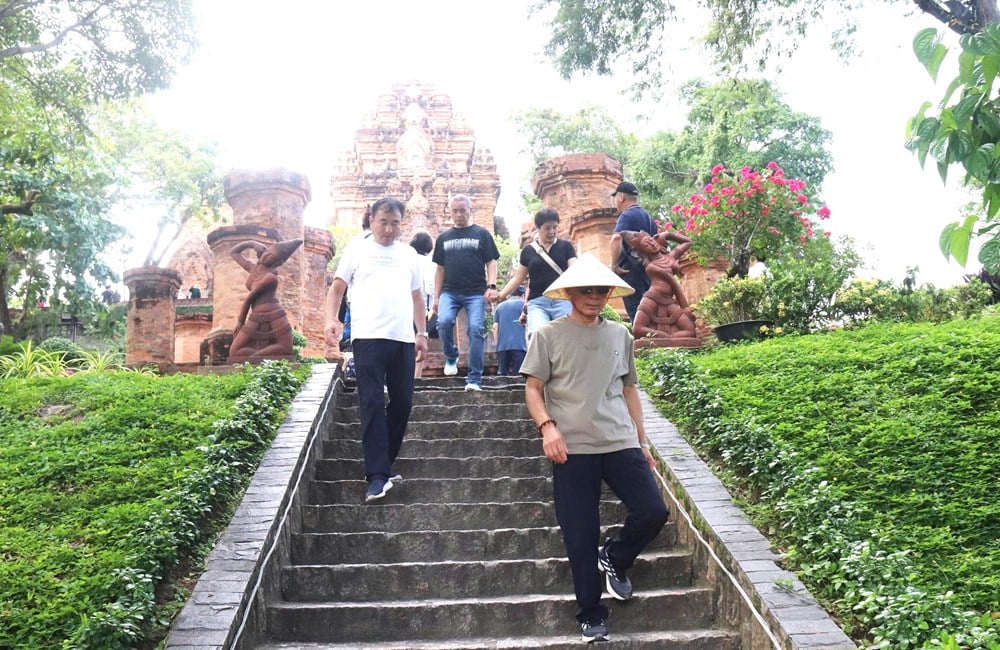

To realize this goal, the province focuses on streamlining the organizational apparatus, closely linked with restructuring and improving the quality of cadres, through the synchronous issuance of regulations of the Provincial Party Committee and research and implementation of KPI toolkits associated with interoperability in cadre work.
Source: https://baovanhoa.vn/van-hoa/bai-3-chien-luoc-quan-ly-khai-thac-di-san-van-hoa-thu-hut-du-khach-180773.html


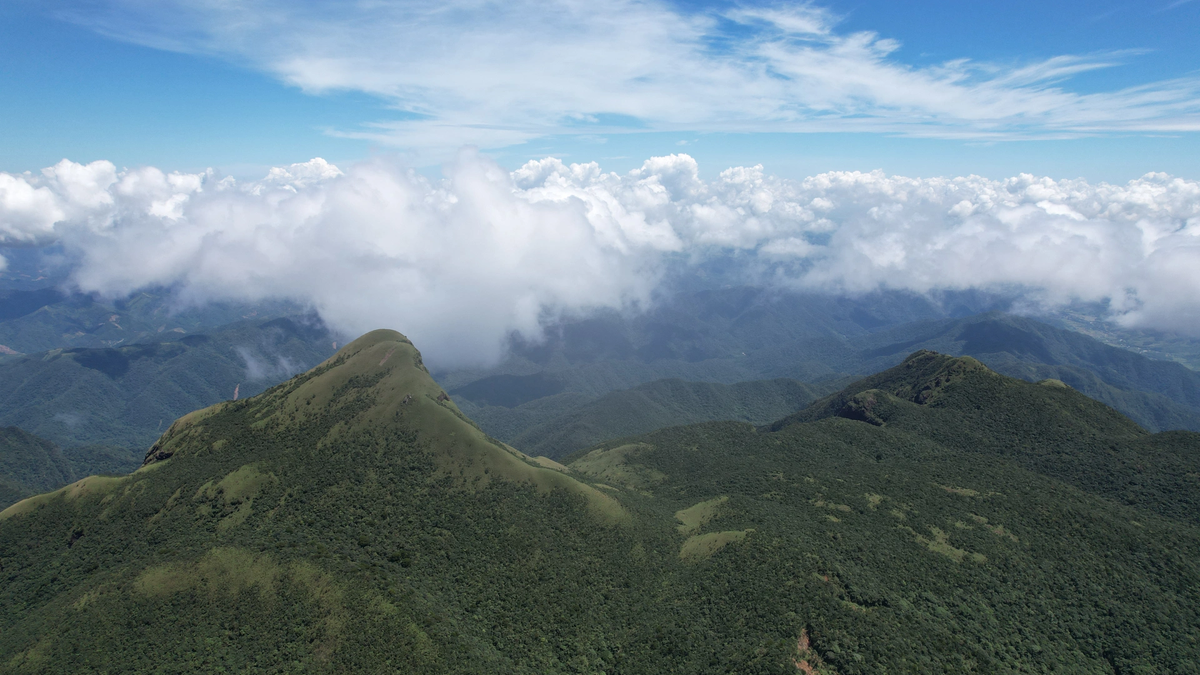




![[Photo] Prime Minister Pham Minh Chinh receives Lao Minister of Labor and Welfare Phosay Sayasone](https://vphoto.vietnam.vn/thumb/1200x675/vietnam/resource/IMAGE/2025/11/11/1762872028311_dsc-2246-jpg.webp)








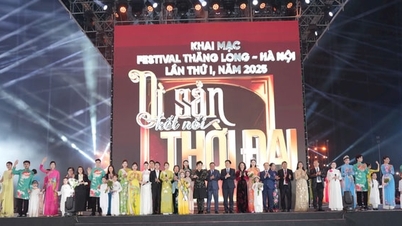












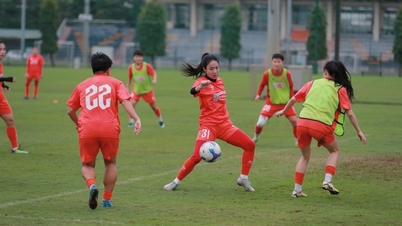



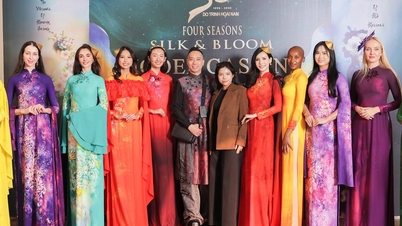






















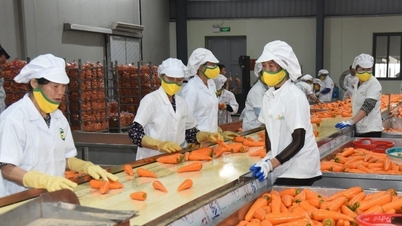
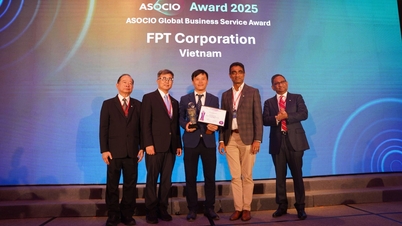

















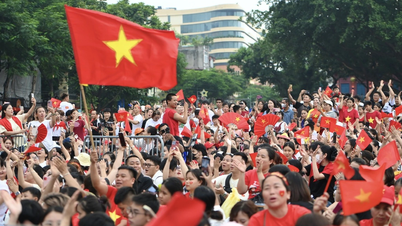
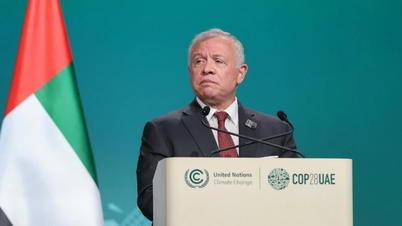




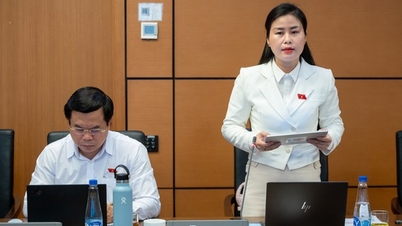
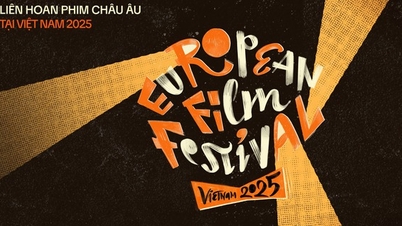
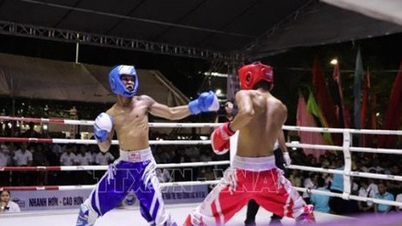







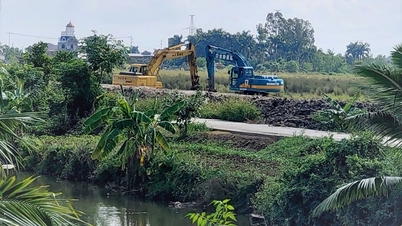

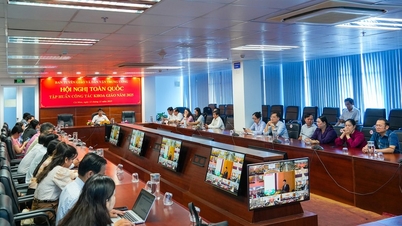


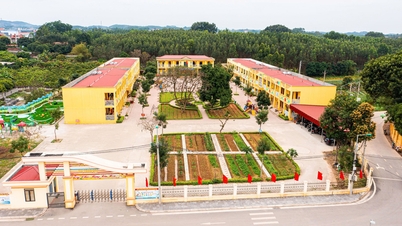





![Dong Nai OCOP transition: [Article 3] Linking tourism with OCOP product consumption](https://vphoto.vietnam.vn/thumb/402x226/vietnam/resource/IMAGE/2025/11/10/1762739199309_1324-2740-7_n-162543_981.jpeg)




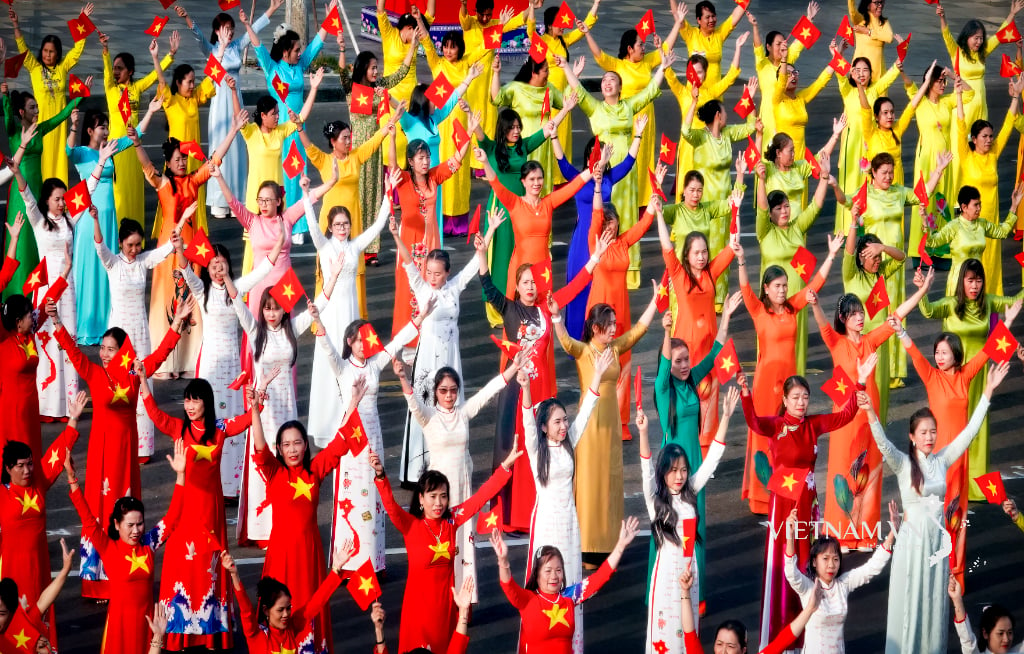


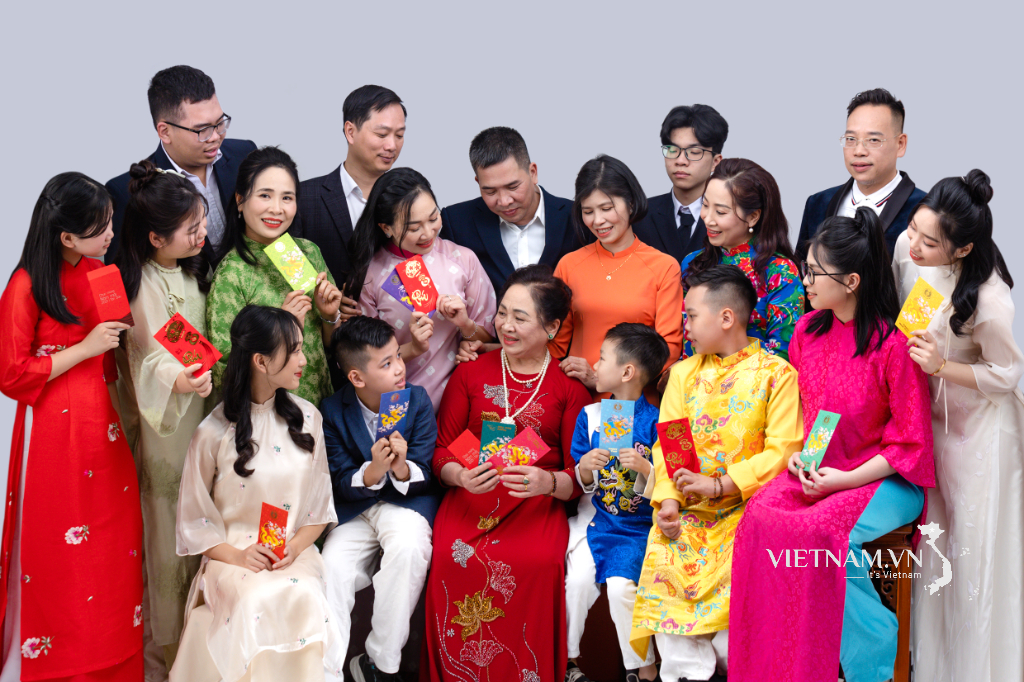
Comment (0)